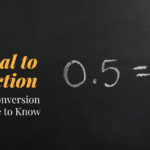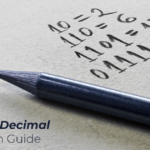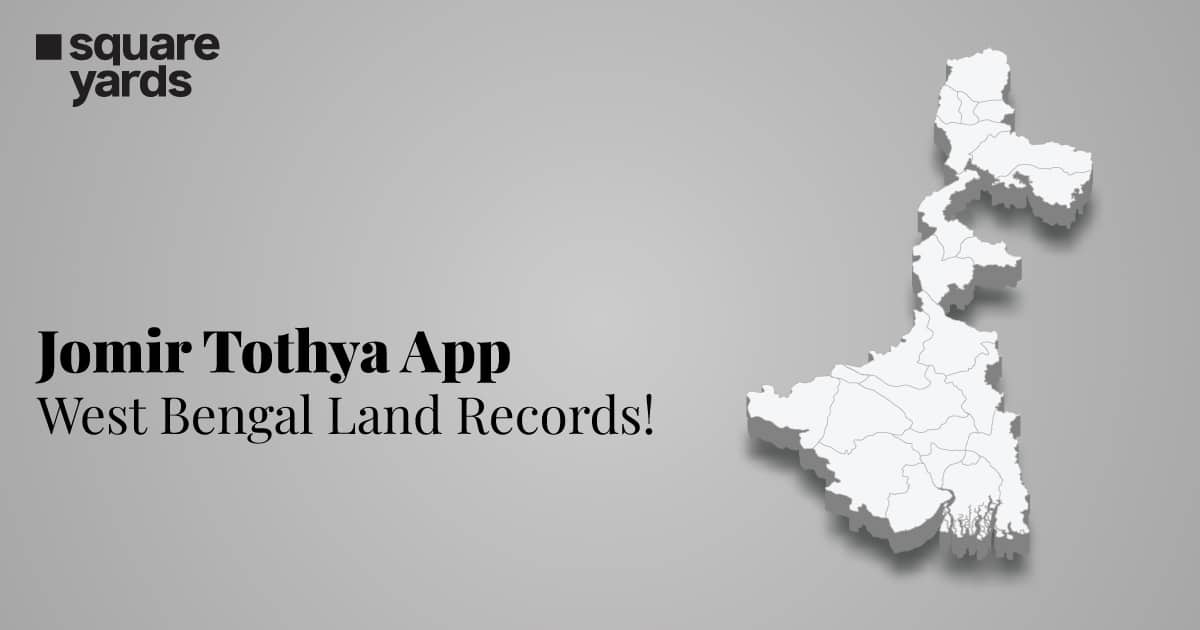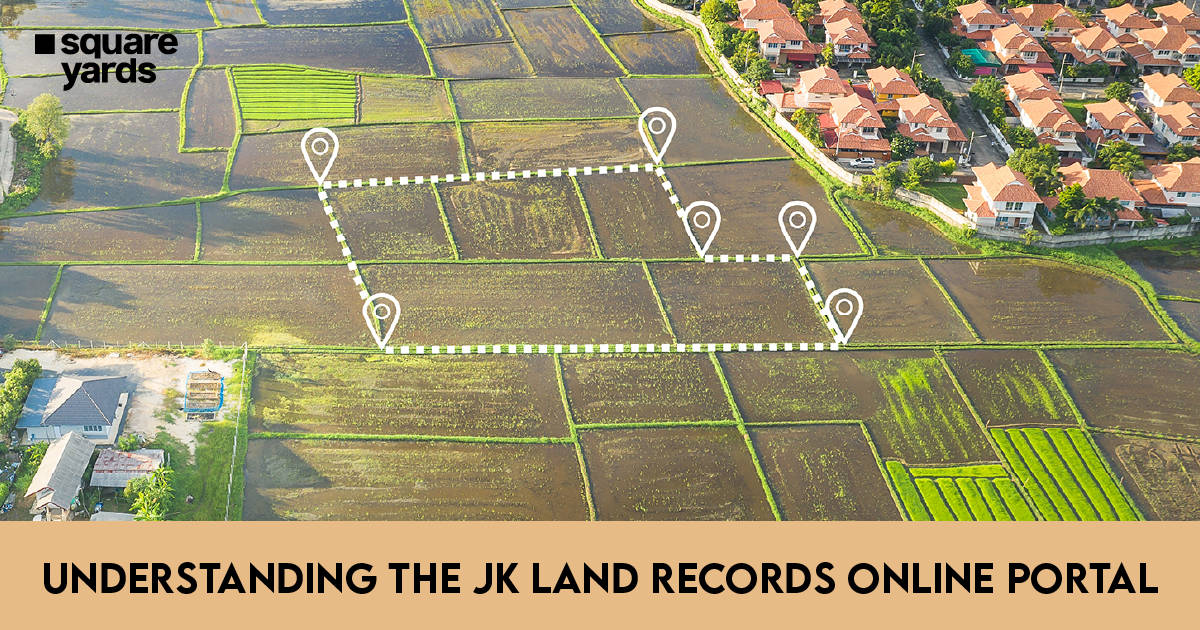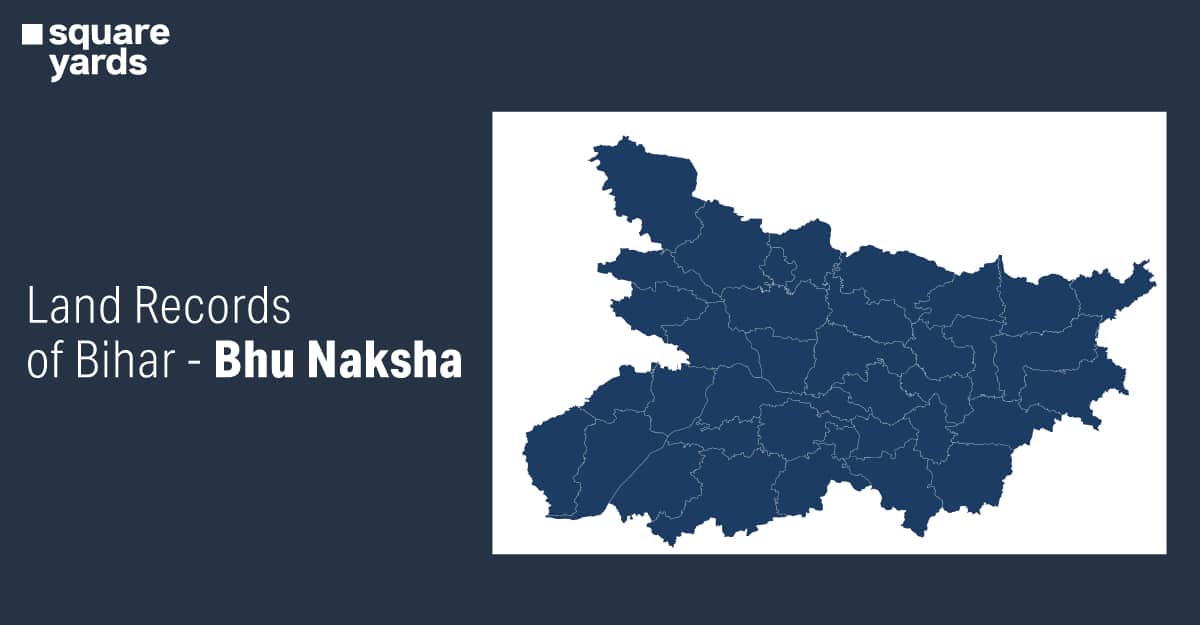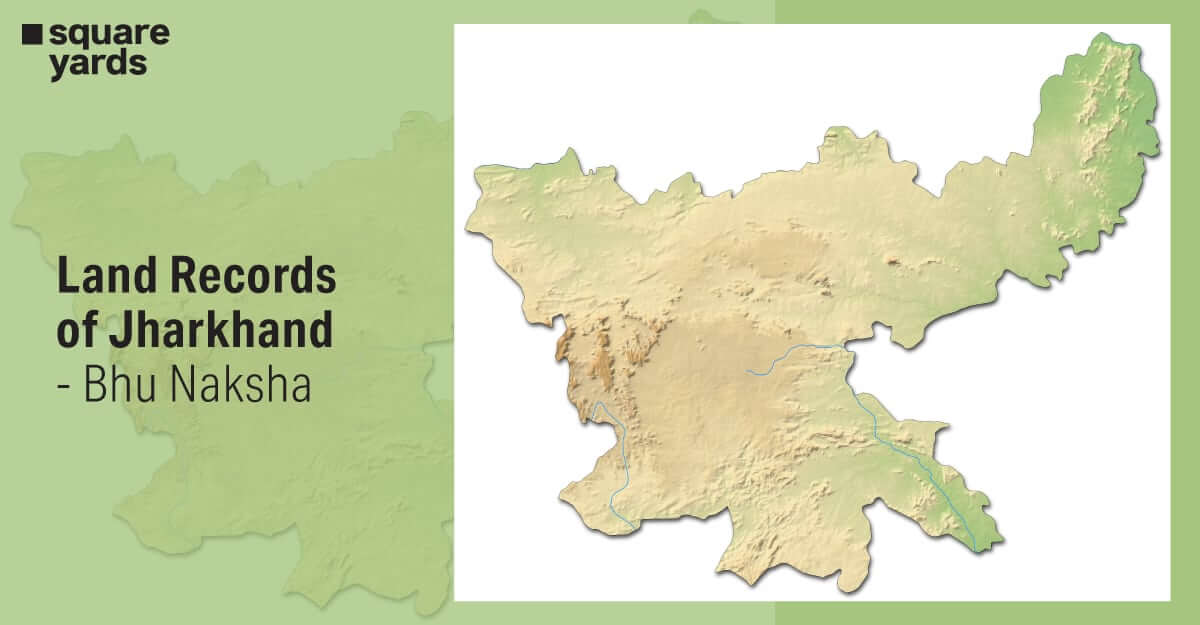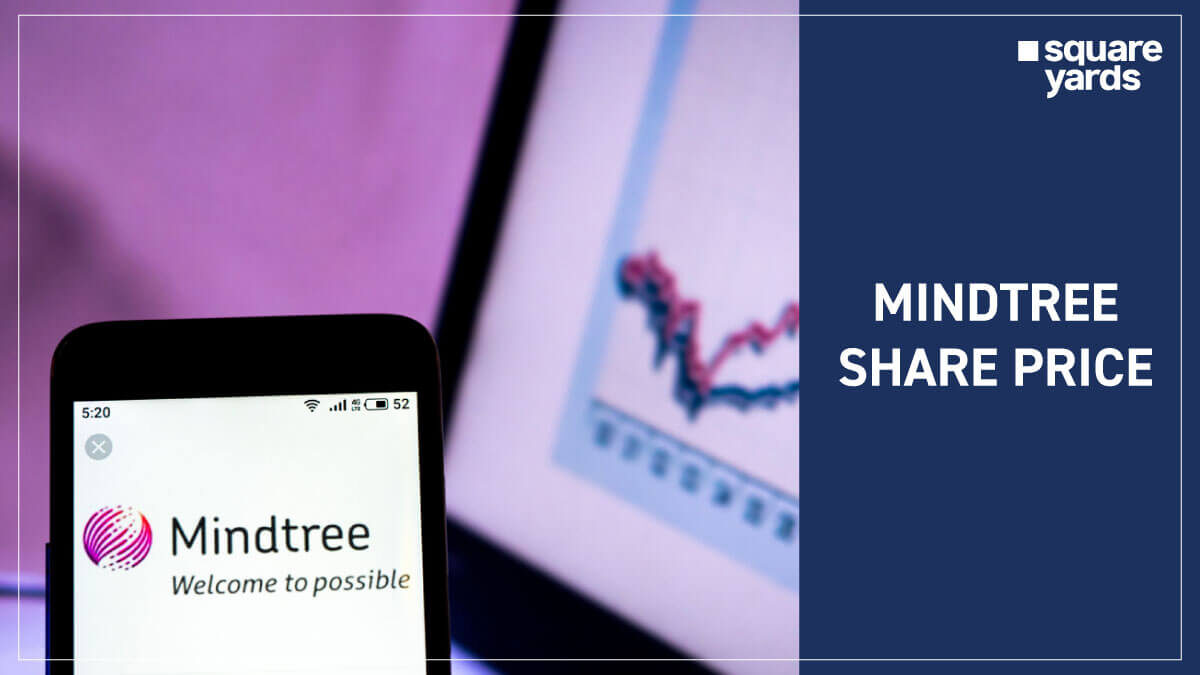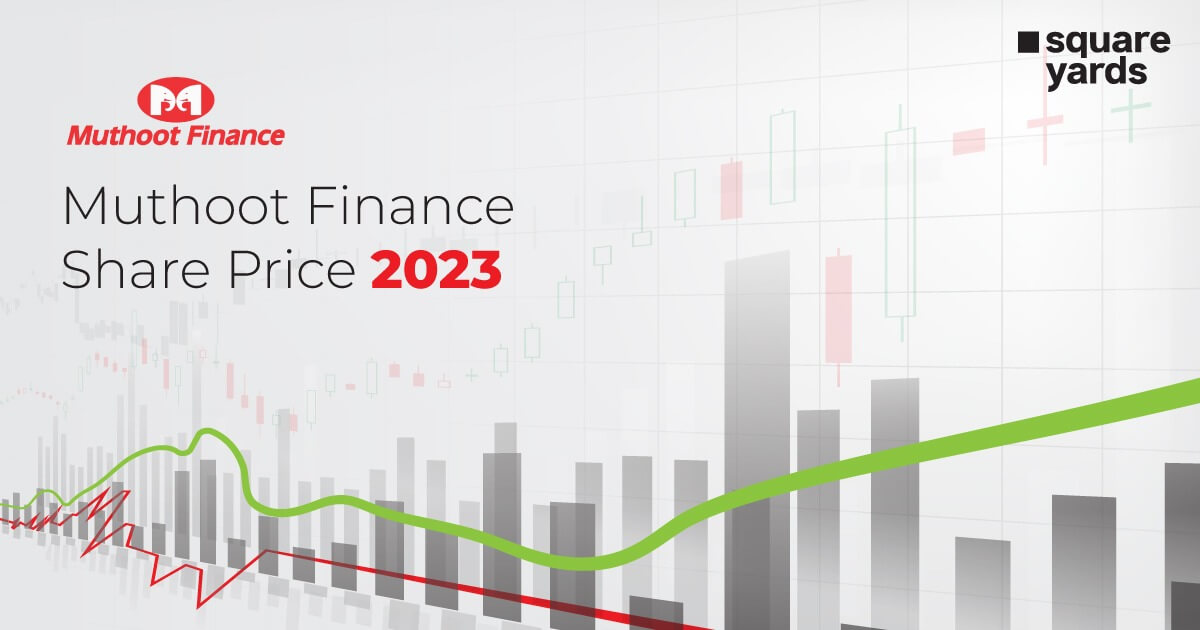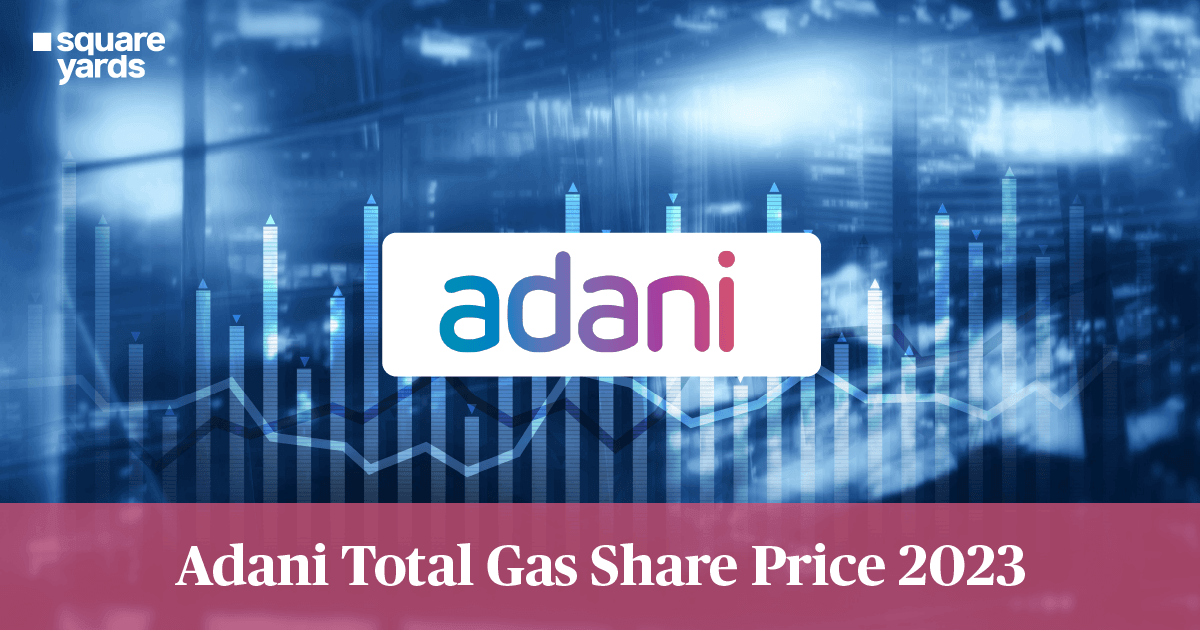Currency is something that is generally accepted for the payment of debts or the purchase of goods or services. Money’s evolution as a system for regulating society’s financial operations was a tremendous leap ahead from earlier forms of trade based on barter, in which commodities and services were exchanged for other products and services.
To assess the foreign currency cash flows involved in overseas transactions, forecasting exchange rates is essential. As a result, forecasting the Indian Rupee to Pakistani Rupee (INR to PKR) exchange rate is essential for weighing the benefits and risks of foreign currency conversion.
In this article, we shed on the history, conversion process, exchange rate values, forecast, and more about Indian Rupee and Pakistani Rupee.
Overview of INR(Indian Rupee)
The Indian Rupee (INR) is the country’s official currency, and its ISO code is INR. It is regulated by the Reserve Bank of India (RBI), the country’s central bank. The Indian Rupee takes its name from the “rupiya,” a 16th-century silver coin.
India’s economy used to be centred on cash, which led to the spread of counterfeit banknotes. Throughout the years, the RBI has been required to adapt and improve INR notes with extra security features. The most counterfeit banknotes are those with large denominations. In 2016, the Indian government announced the demonetisation of all currency notes in denominations of 500 and 1000 Rupees.
History of INR(Indian Rupee)
At the start of 1830, the British had a significant impact on India. The Currency Act of 1835 ensured that the country’s currency was constant. The original side of the new version of the coins featured William IV’s model, with the denomination engraved in Persian and English on the reverse.
After 1840, however, all coins bore a portrait of Queen Victoria. In 1862, the monarchy permitted the first coin to be made. The Indian Coinage Act of 1906, which oversees the construction of mints and the issuance of coins, is still in existence today.
In the past, the Rupiya was a silver coin. It had far-reaching consequences in the nineteenth century, when gold coinage was used by the world’s most powerful nations. The 1873 panic was fuelled by the discovery of huge quantities of silver in European colonies and the United States. It led to a devaluation of silver in comparison to gold, lowering the value of India’s national currency.
The Quaternary Silver Alloy superseded the regular rupee because of the conditions during WWII. Coins minted in 1940 were replaced in 1947 with pure nickel coins. India gained independence from Britain on August 15, 1947. However, until the Republic of India established its own Constitution on January 26, 1950, the country’s currency remained frozen. India switched to a decimal currency system in 1957, with one rupee equalling 100 paise.
In 2016, the government demonetised the 500 and 100 rupee notes, stating that this would shrink the underground economy and make it more difficult to use illicit and counterfeit money to fund crime and terrorism. Following the move, the RBI announced the release of new Mahatma Gandhi series notes in denominations of 500 and 2000 INR.
The Mahatma Gandhi Old Series’ 5 INR, 10 INR, 20 INR, 50 INR, and 100 INR notes, as well as the Mahatma Gandhi New Series’ 10 INR, 20 INR, 50 INR, 100 INR, 200 INR, 500 INR, and 2000 INR notes, were the most recently circulating notes as of April 2019. Throughout the new series of INR notes, several micro-printed words such as “Bharata” and “RBI” can be found.
Officially, the INR exchange rate is determined by the market. In order to influence the exchange rate, the RBI participates in active currency trading in the USD/INR market. As a result, the INR vs. USD currency system is a regulated exchange rate. A “managed float” is another name for it.
Overview of PKR(Pakistani Rupee)
Pakistan was formed in 1947. Before its independence, Pakistan was a part of India. Hence, the currency of Pakistan, the Rupee (which is the currency of India before Pakistan) emerged more than 500 years ago.
In the year 1948, the newly merged country set up their own printing press as well as the banking system. The currency of Pakistan was developed keeping in mind the people of Pakistan as well as the pilgrims of Saudi Arabia in their 50s.
The larger notes have the face of Jinnah while the smaller ones have a star printed on them.
History of PKR(Pakistani Rupee)
When Pakistan attained independence in 1947, Indian money issued by the Reserve Bank of India was in circulation across the subcontinent. Because Pakistan was a newly formed country, it was impossible to establish a central banking system right away. As a result, preparations were established for money to be given to Pakistan from the Reserve Bank of India following its foundation.
Therefore, the earliest currency of Pakistan was INR. The value of INR to PKR since 1947 has changed a lot. The INR currency in Pakistan after separation had “Government of Pakistan” printed on it in English and “Hakumat-e-Pakistan” printed on it in Urdu. The issuance of the INR currency to the new nation was also taken by the Indian Governor-General, one day before the new nation became independent.
Until 30th September 1948, the Reserve Bank of India (RBI) was the only authority to deal with the currency issuance in both countries. The one-year timeline was given to the new nation to set up their printing press and banking system.
In the given timeline, the printing tablets were modified, so that the Government of Pakistan tags could be printed on the currency to avoid any kind of counterfeit money during overprinting. The first set of new Pakistani notes was circulated on April 1, 1948. The new notes included the denomination of 1,2,5,10 and 100 Pakistani Rupee notes.
On October 1, 1948, the State Bank of Pakistan issued its first banknotes in the denominations of 5, 10, and 100 rupees. Thomas De La Rue & Company, a British business, produced the currency notes. The 5-Rupee note was blue, the 10-Rupee was reddish-orange, and the 100-Rupee note was dark green at the time.
Six months later, on March 1, 1949, the 1 and 2-Rupee notes were released. Bradbury Wilkinson & Company, a British company, printed the currency. The back of the 1-Rupee note featured the Naulakha Pavilion, while the back of the 2-Rupee note featured the Badshahi Mosque.
New designs for the 5, 10, and 100-Rupee notes were then submitted for approval, and the 5 and 10-Rupee notes were released by the State Bank of Pakistan in September 1959, printed by Thomas De La Rue. The back of the 5-Rupee note featured the Khyber Pass, while the back of the 10-Rupee note featured the Makli Tombs. After the first design was rejected, the first 100-Rupee note was produced roughly two years later. The crescent moon and star, either as print or as a watermark, were used to indicate Pakistan on these early notes.
Even so, after news of the forgery reached the Cabinet in 1956, a new series featuring Muhammad Ali Jinnah’s portrait was created. The first note in this series, the 100-Rupee note, was published at the end of 1957 and was green in colour with a print and watermark of Muhammad Ali Jinnah on the front and the Badshahi Mosque on the back. The 50, 500, 5, and 10-Rupee notes were also released before the end of 1970.
INR to PKR Forecast
The Indian Rupee to Pakistani Rupee forecast table is based upon considering a range of factors. These factors are based upon the economic theory of the countries. The forecast of Indian rupee to Pakistani rupee from 10th February 2022 to 14th March 2022 is mentioned below.
| Date of the Forecast (INR to PKR) | Day of the Forecast (INR to PKR) | Rate of INR to PKR | Maximum Rate of INR to PKR | Minimum Rate of INR to PKR |
| 10 February 2022 | Thursday | 2.32 | 2.35 | 2.29 |
| 11 February 2022 | Friday | 2.30 | 2.33 | 2.27 |
| 14 February 2022 | Monday | 2.30 | 2.33 | 2.27 |
| 15 February 2022 | Tuesday | 2.30 | 2.33 | 2.27 |
| 16 February 2022 | Wednesday | 2.29 | 2.32 | 2.26 |
| 17 February 2022 | Thursday | 2.30 | 2.33 | 2.27 |
| 18 February 2022 | Friday | 2.30 | 2.33 | 2.27 |
| 21 February 2022 | Monday | 2.29 | 2.32 | 2.26 |
| 22 February 2022 | Tuesday | 2.29 | 2.32 | 2.26 |
| 23 February 2022 | Wednesday | 2.29 | 2.32 | 2.26 |
| 24 February 2022 | Thursday | 2.29 | 2.32 | 2.26 |
| 25 February 2022 | Friday | 2.29 | 2.32 | 2.26 |
| 28 February 2022 | Monday | 2.29 | 2.32 | 2.26 |
| 01 March 2022 | Tuesday | 2.30 | 2.33 | 2.27 |
| 02 March 2022 | Wednesday | 2.28 | 2.31 | 2.25 |
| 03 March 2022 | Thursday | 2.28 | 2.31 | 2.25 |
| 04 March 2022 | Friday | 2.28 | 2.31 | 2.25 |
| 07 March 2022 | Monday | 2.27 | 2.30 | 2.24 |
| 08 March 2022 | Tuesday | 2.27 | 2.30 | 2.24 |
| 09 March 2022 | Wednesday | 2.28 | 2.31 | 2.25 |
| 10 March 2022 | Thursday | 2.28 | 2.31 | 2.25 |
| 11 March 2022 | Friday | 2.28 | 2.31 | 2.25 |
| 14 March 2022 | Monday | 2.28 | 2.31 | 2.25 |
Don’t Miss it!
| GBP to INR | Convert British Pounds to Indian Rupees |
| EUR to INR | Convert EURO to Indian Rupees |
| USD to CAD | Convert New US Dollar to Canadian Dollar |
| QAR to INR | Convert Qatari Riyal to Indian Rupees |
| KWD to INR | Convert Kuwaiti Dinar to Indian Rupees |
| OMR to INR | Convert Omani Rials to Indian Rupees |
| GBP to USD | Convert British Pound to US Dollar |
| JPY to INR | Convert Japanese Yen to Indian Rupees |
| SAR to INR | Convert Saudi Riyal to India Rupees |
| CHF to INR | Convert Swiss Franc to Indian Rupees |
Convert INR to PKR
As of 9th February 2022, 1 INR to Pakistani Rupee is equivalent to Rs. 2.33. The value of 1 Indian Rupee to Pakistani Rupee changes on a daily basis. Before converting INR to PKR, knowing the current value is important.
1 INR to PKR equals to Rs. 2.33
10 INR to PKR equals to Rs. 23.31
23 INR to PKR equals to Rs. 9.87
56 INR to PKR equals to Rs. 24.03
85 INR to PKR equals to Rs. 36.48
103 INR to PKR equals to Rs. 44.20
40 INR to PKR equals to Rs. 17.17
16 INR to PKR equals to Rs. 6.78
INR Vs PKR
There are a few differences between the two currencies, Indian Rupee (INR) and Pakistani Rupee (PKR). The difference is listed in the table below.
| Indian Rupee (INR) | Pakistani Rupee (PKR) |
| INR refers to Indian Rupee. | PKR refers to the Pakistani Rupee. |
| INR is the national currency of India. | PKR is the national currency of Pakistani. |
| Indian Rupee (INR) is controlled by the Reserve Bank of India. | Pakistani Rupee (PKR) is controlled by the State Bank of Pakistani. |
| 1 INR to PKR is equal to Rs. 2.33. | 1 PKR to INR is equal to ₹ 0.43. |
INR to PKR Conversion Chart
The value of Indian Rupee to Pakistani Rupee for values that are commonly used is mentioned in the table below. These values of Indian Rupee to Pakistani Rupee is as per 9th February 2022.
| ₹ 1 | 1 INR in PKR equals to | Rs. 2.33 |
| ₹ 2 | 2 INR to PKR equals to | Rs. 4.66 |
| ₹ 3 | 3 INR to PKR equals to | Rs. 6.99 |
| ₹ 4 | 4 INR to PKR equals to | Rs. 9.33 |
| ₹ 5 | 5 INR to PKR equals to | Rs. 11.66 |
| ₹ 6 | 6 INR to PKR equals to | Rs. 13.99 |
| ₹ 7 | 7 INR to PKR equals to | Rs. 16.32 |
| ₹ 8 | 8 INR to PKR equals to | Rs. 18.65 |
| ₹ 9 | 9 INR to PKR equals to | Rs. 20.98 |
| ₹ 10 | 10 INR to PKR equals to | Rs. 23.31 |
| ₹ 50 | 50 INR to PKR equals to | Rs. 116.57 |
| ₹ 100 | 100 INR to PKR equals to | Rs. 233.13 |
| ₹ 500 | 500 INR to PKR equals to | Rs. 1165.65 |
| ₹ 1000 | 1000 INR to PKR equals to | Rs. 2331.31 |
| ₹ 5000 | 5000 INR to PKR equals to | Rs. 11656.54 |
| ₹ 10000 | 10000 INR to PKR equals to | Rs. 23313.07 |
FAQ’s about Convert INR to PKR
Q1. Which currency is the highest, Indian or Pakistani?
The Indian Currency, INR, is higher than the Pakistani Currency, PKR.
Q2. Does the Indian Rupee work in Pakistan?
The Indian Rupee (INR) can be exported to Pakistan as there are no restrictions except for the AML restrictions. Since they are not the legal currency, it is most likely that the INR will not work in Pakistan.
Q3. Which country has the highest value of INR?
Vietnam has the highest value of INR. In Vietnam, 1 INR is equivalent to 305.02 Vietnamese dongs.
Q4. Is Pakistan cheaper than India?
Yes, Pakistan is around 7.1% cheaper than India.











